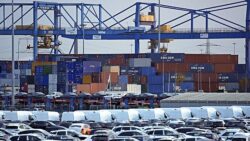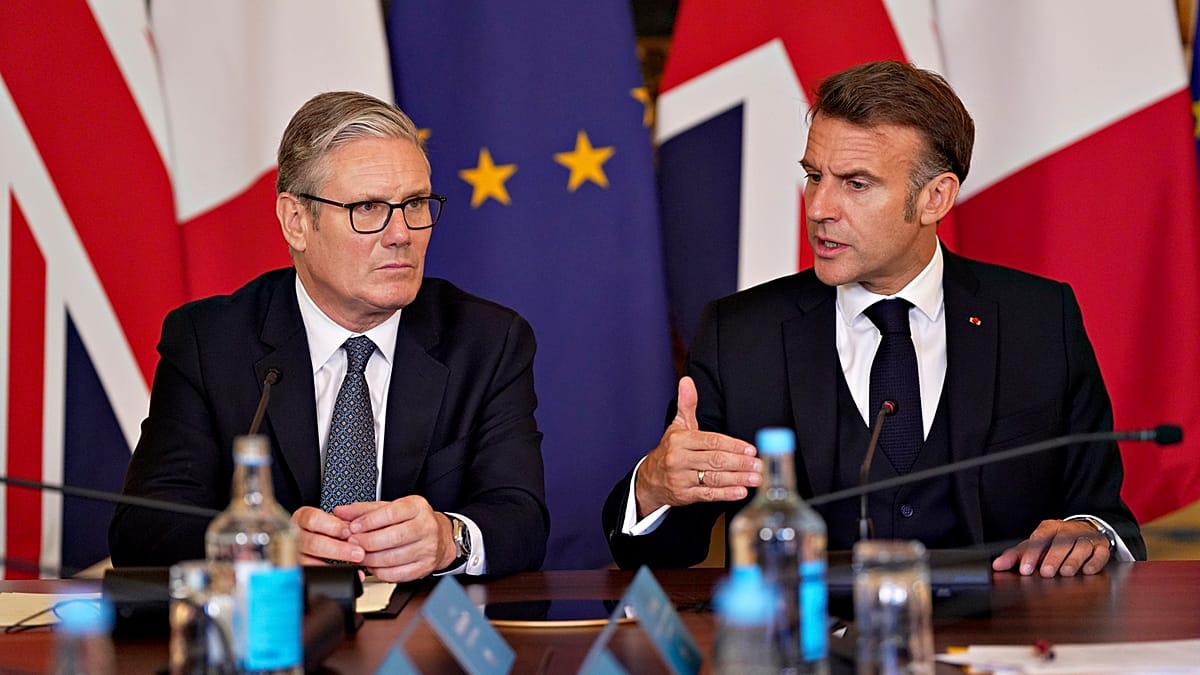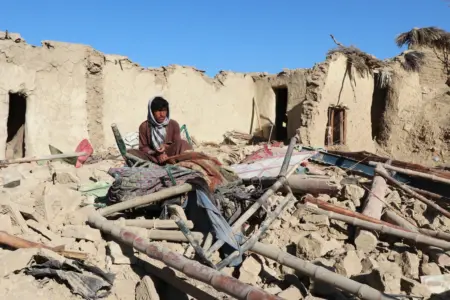France, Spain, Belgium and Portugal were among those who posted positive growth, while Germany, Italy and Austria contracted.
France, Spain, Belgium and Portugal were among those who posted positive growth, while Germany, Italy and Austria contracted.
The eurozone continued defying the odds by showing economic growth in the last quarter of 2022, a period in which most analysts and investors expected to see a contraction.
The 20-strong bloc grew by an extremely modest 0.1% rate during last year’s fourth quarter compared to the previous quarter, where it had expanded by 0.3%, according to preliminary figures released by Eurostat on Tuesday morning.
This means an estimated 3.5% growth rate for the entire year.
“Good news: the euro area avoided a contraction in the last quarter of 2022,” Paolo Gentiloni, European Commissioner for the economy, said on Twitter.
“We continue to face multiple challenges but the outlook for this year looks a little brighter today than in the autumn.”
The development confirms a growing trend of optimism that is gradually pushing away the spectre of a much-dreaded recession caused by Russia’s war in Ukraine, the energy crisis and soaring inflation.
The International Monetary Fund, J.P. Morgan and Goldman Sachs have in recent weeks revised upwards their 2023 forecasts for the eurozone, reflecting the bloc’s resilience in the face of an unprecedented economic landscape.
‘Not terrible, but not good either’
A technical recession is defined as two consecutive quarters of economic contraction, although other factors, such as employment, salaries and foreign investment, can be taken into consideration before making the final designation.
The eurozone has not registered a negative quarter since early 2021 when a new wave of COVID-19 infections and lockdown restrictions pushed the bloc into a double-dip recession.
“We were all very pessimistic after the summer because gas prices went through the roof after Russia cut off gas exports to Europe. Everybody was forecasting a very difficult time during the winter,” Gr?gory Claeys, a senior fellow at Bruegel, a Brussels-based economics think tank, told Euronews after the release of the GDP data.
Strong underground gas storage, purchases of non-Russian liquefied natural gas (LNG), continued fiscal support, EU-wide power savings plans and a milder-than-usual winter have worked together to cushion the most devastating impact of the energy crisis, Claeys noted, including the feared scenario of mandatory gas rationing and mass industrial shutdowns.
But uncertainty is still high, as Russia shows no signs of stopping the invasion of Ukraine any time soon. Additionally, the continent faces the hard task of re-filling its underground storage without any Russian gas before next winter arrives.
“It’s not terrible, but it’s not good either,” Claeys said.
Germany contracts
Country by country, the Eurostat figures show a mixed picture across the eurozone: Belgium (0.1%), Spain (0.2%), France (0.1%), Latvia (0.3%) and Portugal (0.2%) are among those who recorded positive, albeit limited, growth rates.
On the other hand, Italy (-0.1%), Lithuania (-1.7%) and Austria (-0.7%) contracted.
Germanys, the bloc’s industrial powerhouse, posted a worse-than-expected negative rate (-0.2%) following several quarters of moderate growth.
The decline was linked to a drop in consumer spending due to persistently high inflation.
Ireland remained the best-performing country, with an impressive 3.5% rate in the fourth quarter.
Ireland’s GDP statistics have been criticised by some economists as misleading and out-of-touch because they are heavily influenced by foreign investment from multinationals seeking to benefit from the country’s notorious low-tax system.
“The eurozone’s figure is biased by Ireland’s,” Claeys said. “Maybe without Ireland’s number, the eurozone would have posted negative growth in the last quarter of 2022.”





